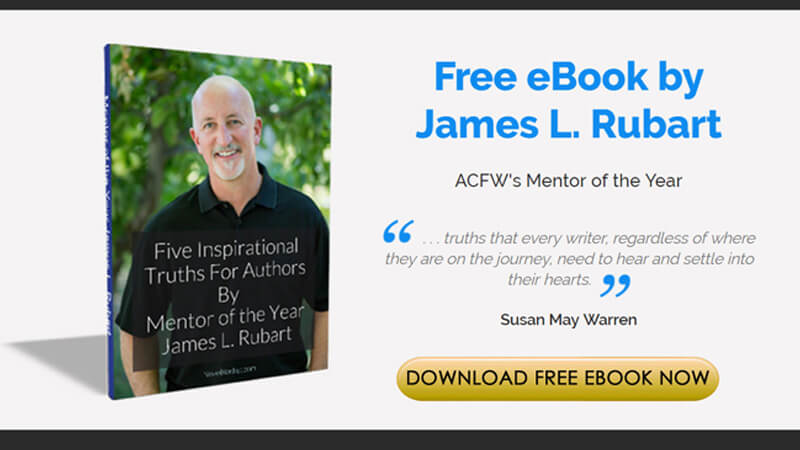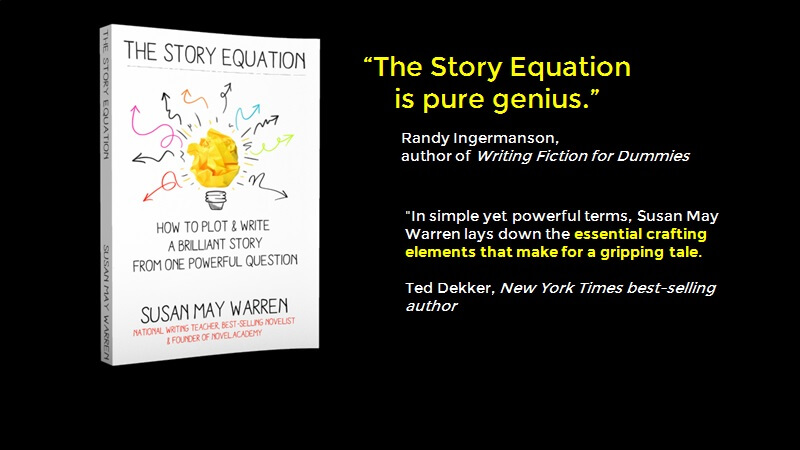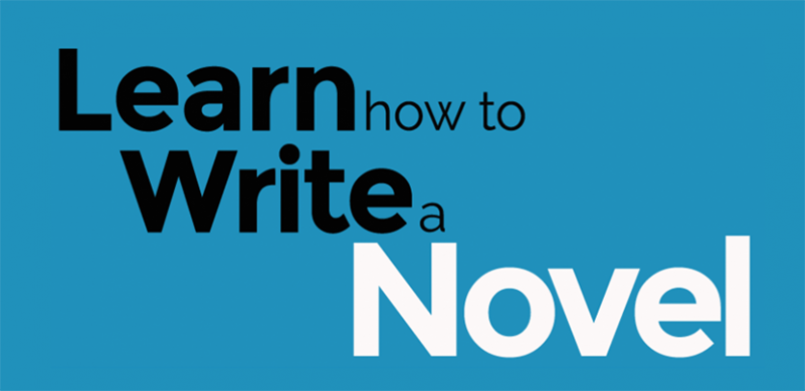 Ronie Kendig has a BS in Psychology and is a wife, mother of four, and avid writer. Her espionage thriller, Dead Reckoning, will be released March 01, 2010 (Abingdon Press), and Nightshade, Book #1 in the Discarded Heroes series will hit shelves July 2010 (Barbour Publishing).
Ronie Kendig has a BS in Psychology and is a wife, mother of four, and avid writer. Her espionage thriller, Dead Reckoning, will be released March 01, 2010 (Abingdon Press), and Nightshade, Book #1 in the Discarded Heroes series will hit shelves July 2010 (Barbour Publishing).
An active member of ACFW, Ronie volunteers as the assistant to the conference appointment coordinator. She also teaches creative writing at a local homeschool co-op and does speaking engagements.
Visit Ronie at her website or her blog.
With one twist of a single word, relationships can collapse. A friendship can be shattered. All too quickly negotiations become ‘aggressive’ (a fight!).
I’ve heard it a thousand times over—email does not communicate tone.
I disagree.
There is most definitely a tone in every email. Now, whether the tone conveyed is the one the writer intended . . . that’s different. It’s very easy to zap off an email without thinking through how the other person might receive the email.
I spent three years as a moderator and List Hostess for the (at the time) 1700-member American Christian Fiction Writers’ main e-loop. Part of my job required sending reminders to members whose posts did not fit within the stated guidelines for the loop. This was a very delicate and often precarious task. If not carefully worded, the reminder could offend or create a maelstrom of hard feelings. Thus, I became a master at diplomacy and an artisan with words, which can sever a relationship or strengthen it in very powerful ways.
Just as its important for a business professional to craft letters and responses with great care and professionalism, so must writers take care with every word they use. Be an artisan with  your words. Does it fit your character? If all of your characters are using the same phrase, you might want to dig a little deeper. If they all view the landscape (physical or emotional) in the same way, go back and make every character’s encounter with each detail unique to that person.
your words. Does it fit your character? If all of your characters are using the same phrase, you might want to dig a little deeper. If they all view the landscape (physical or emotional) in the same way, go back and make every character’s encounter with each detail unique to that person.
What does that mean? The way a character views a room or setting will depend on their back-story, their personality. For example, Max Jacobs, the POV character from NIGHTSHADE, Book #1 of the Discarded Heroes, is an intense, all-or-nothing guy with a whole lot of anger coiled up inside. Colton, the hero from DIGITALIS (Book #2) is a sniper, who is also a laid-back, calm and deep-thinking cowboy.
Let’s look at the way these two men view the same setting:
Max: The heat-infested jungle worked on his nerves. The noxious odor from nearby durian fruit kneaded his frustration over having to lay in wait for their objective. He swiped at the sweat dribbling down his temple. Slapped the mosquito on his neck. “I can’t wait to get out of here.”
Colton: A gentle breeze tugged at the thick green canopy carrying with it the scent of the native vegetation. He twitched his nose but remained still and prostrate behind the scope of his Remington 700. Smelled worse than the mucking out Brightie’s stall. Then again, it made him feel right at home.
By artfully using short, strong words in Max’s POV, I deliver the feel of agitation and frustration that is 100% Max. However, in Colton’s scene, the use of longer sentences, easier words, and memories of home allow him to remain calm. And since we live in an age and time where electronic media is swiftly becoming the primary mode of communication, I’d like to share a few tricks I’ve learned over the years through a business English course I took in college and my years serving ACFW as List Hostess/moderator:
And since we live in an age and time where electronic media is swiftly becoming the primary mode of communication, I’d like to share a few tricks I’ve learned over the years through a business English course I took in college and my years serving ACFW as List Hostess/moderator:
1.) Avoid the use of “you” (which tends to feel like pointing fingers) as much as possible. It’s easy to say “You did this and you were wrong. What were you thinking?” But that puts the reader on the defensive. Lower their defenses by tweaking the wording. “This happened, and this was the result . . .”
2.) Stick with the facts; refrain from opinion. By presenting inarguable facts (i.e.: Guideline 83b states . . . ), the reader is informed and your message does not become an “us against them” conversation.
3.) Be firm yet gentle. Depending on the severity of the infraction, the reminders had an escalation process. Grace was extended as much as possible. But remember to stick with facts.
4.) Pad the bad news. Always allow a buffer before and after the “bad news.” The purpose here is to open the email in a way that does not raise the defenses, then to close the email on a positive note.
5.) End on a positive note – Most people will remember the last thing said to them. If you end your letter or email on a positive note, then the feeling is softened a bit.
All of the above methods have also enhanced my fiction writing. These techniques and the basic concept of tailoring a letter/email are easily transferred to creative writing. Every nuance of a scene should be “voiced” from your POV character.
Monday, February 01, 2010
Home »
» Art of Words or War of Words
Art of Words or War of Words
Monday, February 01, 2010
4 comments























Good words Ronie. Loved your examples, too. Can't wait to read the books those guys are in.
ReplyDeleteExcellent post, Ronie. My "real" job involves selling high priced trailer hithces (yes, really). In this day, a huge amount of my communication with customers is via e-mail. A lot can be spoken with addition or deletion of a word or two. It's an art every writer needs to know, not just to write but to maintain relationships with that fan base we'll all have one day.
ReplyDeleteThanks, patty! I can't wait for you to read them too. :-D
ReplyDeleteRon--so true. It's definitely an art, and art can be mastered, which means HARD WORK. LOL
Good article, Ronie. ;) You always have good advice I can really use.
ReplyDelete